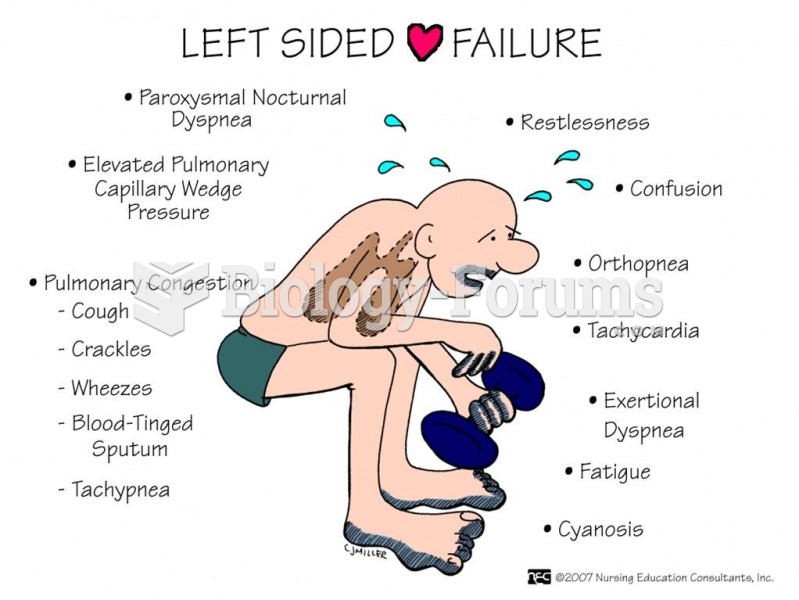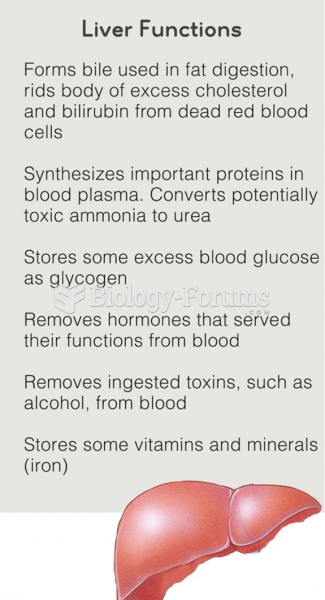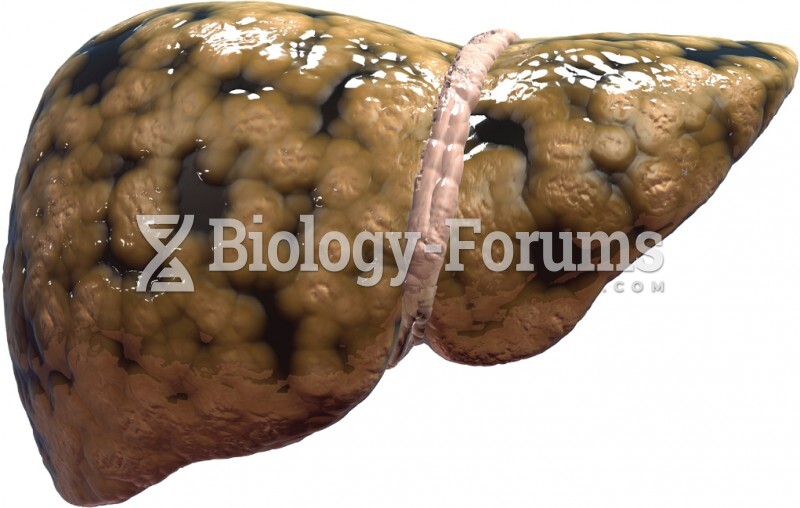|
|
|
Did you know?
The average office desk has 400 times more bacteria on it than a toilet.
Did you know?
Essential fatty acids have been shown to be effective against ulcers, asthma, dental cavities, and skin disorders such as acne.
Did you know?
The average adult has about 21 square feet of skin.
Did you know?
The human body produces and destroys 15 million blood cells every second.
Did you know?
Famous people who died from poisoning or drug overdose include, Adolf Hitler, Socrates, Juan Ponce de Leon, Marilyn Monroe, Judy Garland, and John Belushi.







